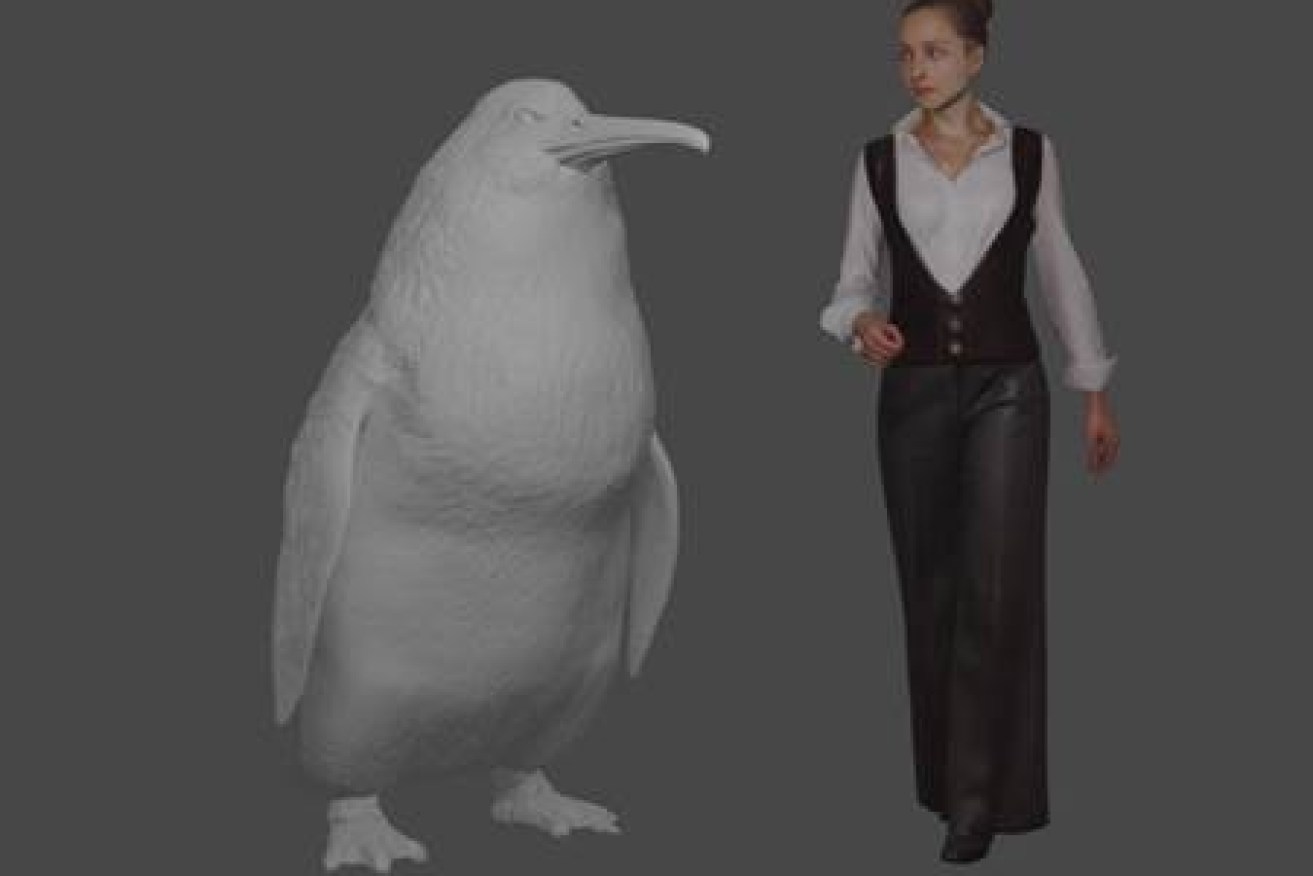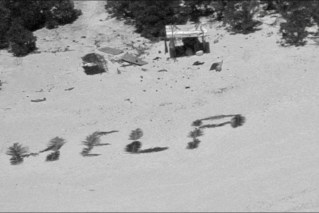Move over Squawkzilla, there’s a bigger bird in town


Nice to, er, meet you: C. waiparensis was up to 1.6 metres tall. Photo: Canterbury Museum
New Zealand’s recently identified giant parrot is going to have to shuffle over a bit because there’s a bigger bird in town.
Scientists have revealed the discovery of a new species of giant penguin that stood up to 1.6 metres tall, identified from fossils found in Waipara, North Canterbury.
Crossvallia waiparensis is a monster penguin from the Paleocene Epoch (between 66 and 56 million years ago) that extends the list of New Zealand’s gigantic, but extinct, fauna.
They include poor old Squawkzilla, properly known as Heracles inexpectatus. The metre-tall world’s biggest parrot was identified just days ago from fossils found in southern Otago and has already lost its biggest-bird crown.
https://twitter.com/ellerykr/status/1158916068594765825
Heracles is younger than C. waiparensis, having roamed across New Zealand a mere 19 million year ago.
C. waiparensis, whose discovery was revealed by Canterbury Museum on Wednesday, is one of the world’s oldest known penguin species and also one of the largest. It would have topped today’s 1.2-metre emperor penguin, and would have weighed up to to 80 kilograms.

Heracles, the world’s largest known parrot, would have been dwarfed by the newly discovered giant penguin.
The big bird’s bones were found at the Waipara Greensand fossil site in North Canterbury in 2018 by amateur palaeontologist Leigh Love found the bones.
They were analysed by a team that included Canterbury Museum curators Dr Paul Scofield and Dr Vanesa De Pietri and scientists from the Senckenberg Natural History Museum in Frankfurt.
C. waiparensis is the fifth ancient penguin species identified from fossils uncovered at the Waipara site. Dr Gerald Mayr, from the Senckenberg museum, said the site was arguably the world’s most significant for penguin fossils from the Paleocene era.
“The fossils discovered there have made our understanding of penguin evolution a whole lot clearer,” he said.
“There’s more to come, too – more fossils which we think represent new species are still awaiting description.”
The study team found that C. waiparensis‘s closest relative was a fellow Paleocene species, Crossvallia unienwillia. It was identified from a fossilised partial skeleton found in Antarctica in 2000.
The fossils of several giant species, including C. waiparensis, will go on display at Canterbury Museum later this year.








